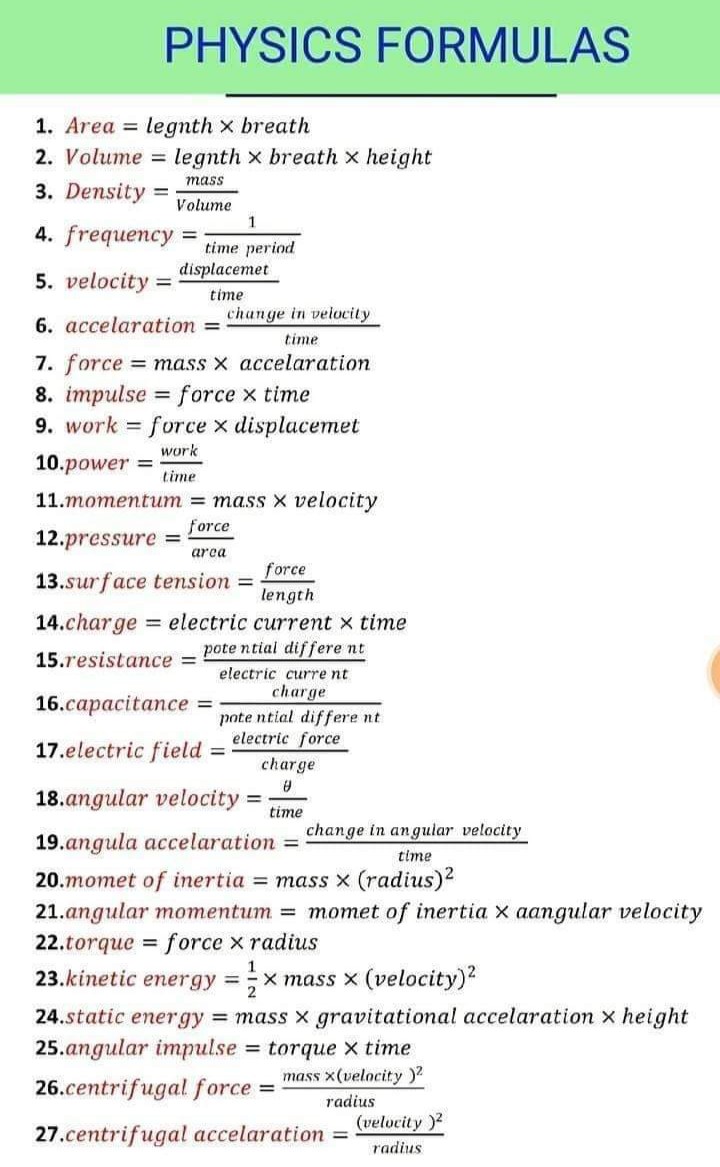

Dyson’s equation can be regarded as a generalization of the partial sum technique used in the Hartree and Hartree–Fock approximations. This is the starting point for many approximations both diagrammatic, and algebraic. The random-phase approximation can also be obtained by a partial summation of diagrams, and it is equivalent to the Lindhard theory of screening.ġ1 Reproduced with permission from Mattuck RD, A Guide to Feynman Diagrams in the Many-Body Problem, 2nd edn, (4.76) p. Which is just what we got for the Hartree–Fock approximation (see (3.50)). Εk ′ = εk + ∑ l (occ.) ( Vklkl − Vlkkl ) , Ω − εk − ∑ l (occ.) ( Vklkl − Vlkkl ) + i δįrom this we identify the elementary energy excitations as Doing the partial sum of forward scattering and exchange scattering one has (Mattuck 11):Īssociating propagators with the terms in the diagram gives Where a particle not only strikes a particle in l and creates an instantaneous hole, but is exchanged with it. It is actually very simple to go from here to the Hartree–Fock approximation – all we have to do is to include the exchange terms in the interactions. Which is exactly the same as the Hartree approximation (see (3.21)) since


 0 kommentar(er)
0 kommentar(er)
